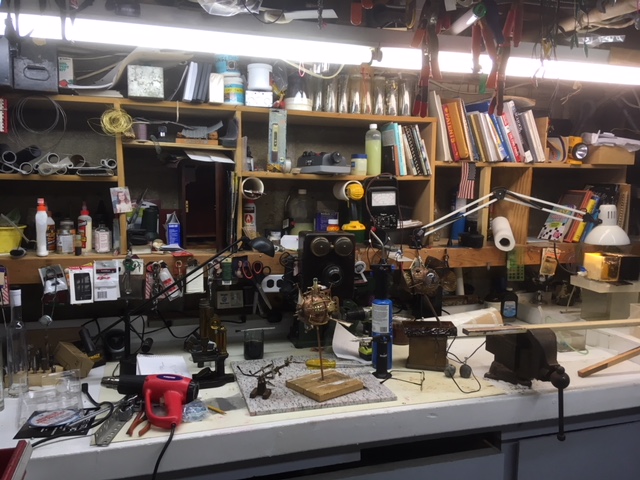I get way more use out of my dissecting scope. You can always take a sample of your algae/bacteria/dino to your local fish store, most of the quality stores have compound microscopes and can also help with the id.That is awesome, good for you. I am jealous. I have no real need for one but have been egging my wife on for years to get one. Nothing fancy just a compound. I am actually closer to getting a 3d printer.
With a dissecting scope I can take a new frag and do a full inspection in a cup of tank water. I can easily move it around to get a complete view of the coral.



















